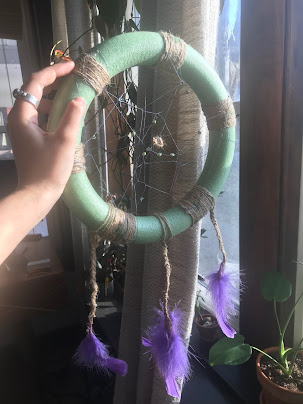at dusk we dance
Hello and welcome to my Action Project (AP) for my DRAMA course! The theme of this unit surrounded the idea of a “doll” (what it means to be a doll, and how that definition can be subjective). In order to tie this concept in with theater, our class read “A Doll’s House,” together. The play set in 1870’s Norway details the experience of Nora as a woman at the time. As we read the play, our class also identified different conflicts that Nora encountered, including both internal and external, as she challenged gender norms and stereotypes for women. Specifically for the time period, women were restricted from many contemporary freedoms such as working, owning property, etc. Nora challenged these expectations by defying the stereotype that women should prioritize caring for children and being a “good wife.” I think the play challenged the idea of “a doll” wonderfully, because Nora refused to continue living a life controlled by her husband/family.
For this AP, I wrote a dramatic dialogue (following screenplay formatting that we learned in class) as a follow-up to the end of the play. Additionally, our dialogue had to include three characters: Nora, ourselves, and one other character. However, we couldn’t include just anybody. Towards the end of the unit, we took inspiration from an artist, Judy Chicago, to research inspirational women that have made an impact on our world. From this research, we selected one person to be our third character. I chose Rosalía, a famous singer from Spain. I think she does a great job of addressing the male-dominated world of Latin music and adding her own style to traditional sounds. Overall, I think each person addresses gender roles a little differently because of the way they were brought up, but it helps them be more open-minded with one another. So, here are the first two acts of my screenplay, “At Dusk We Dance.”
For this AP, I wrote a dramatic dialogue (following screenplay formatting that we learned in class) as a follow-up to the end of the play. Additionally, our dialogue had to include three characters: Nora, ourselves, and one other character. However, we couldn’t include just anybody. Towards the end of the unit, we took inspiration from an artist, Judy Chicago, to research inspirational women that have made an impact on our world. From this research, we selected one person to be our third character. I chose Rosalía, a famous singer from Spain. I think she does a great job of addressing the male-dominated world of Latin music and adding her own style to traditional sounds. Overall, I think each person addresses gender roles a little differently because of the way they were brought up, but it helps them be more open-minded with one another. So, here are the first two acts of my screenplay, “At Dusk We Dance.”
In this unit, I really enjoyed debating realism and the romanization of different issues/events. I think a lot of our opinions not only come from experience, but also from representation. Particularly in the case of “dolls,” we examined representation of women in kids’ toys, movies, art, and other mediums. I found this interesting because many girls are trained from a young age to take on mother-like roles and now we’re starting to challenge this idea. As for this project, I enjoyed adding a third character to add a different perspective from myself and Nora. Also, I chose a singer because I think music is a wonderful way to reach different audiences and convey ideas. I think the most difficult part was trying to get three different characters to connect and meet naturally, since each person was from a different background or time period. However, I think it came together and provided a unique combination of perspectives on gender roles.

Comments
Post a Comment